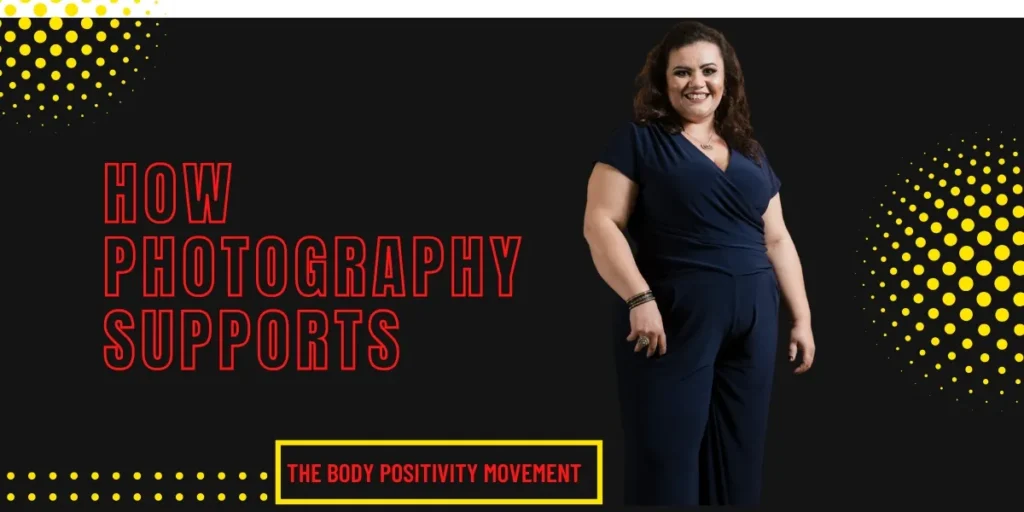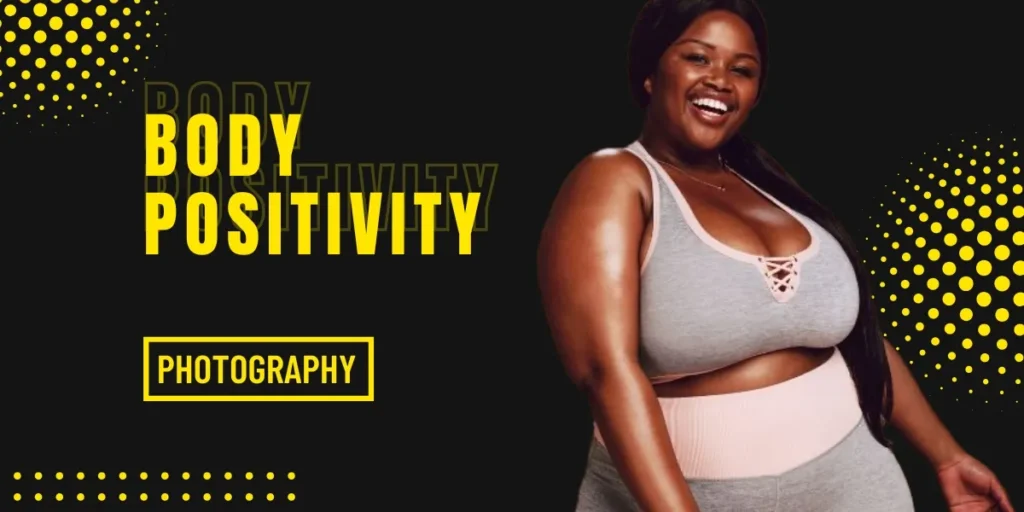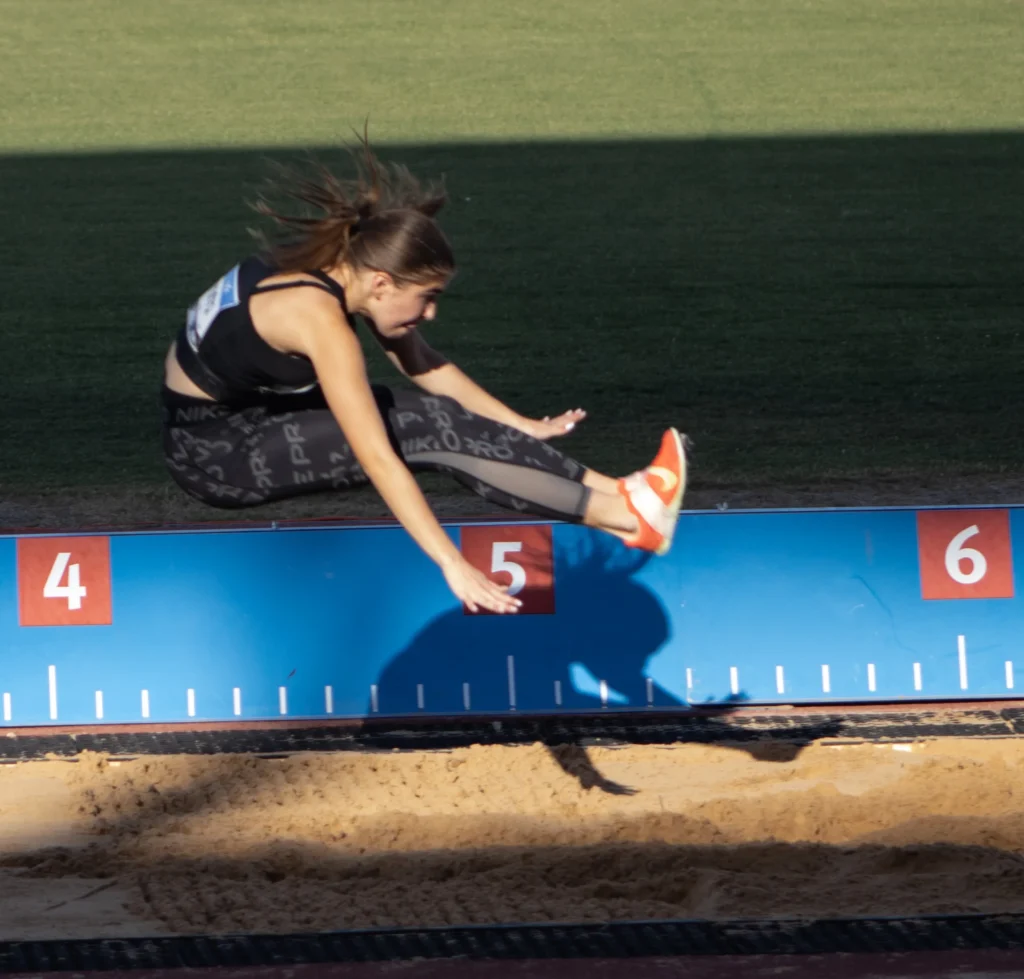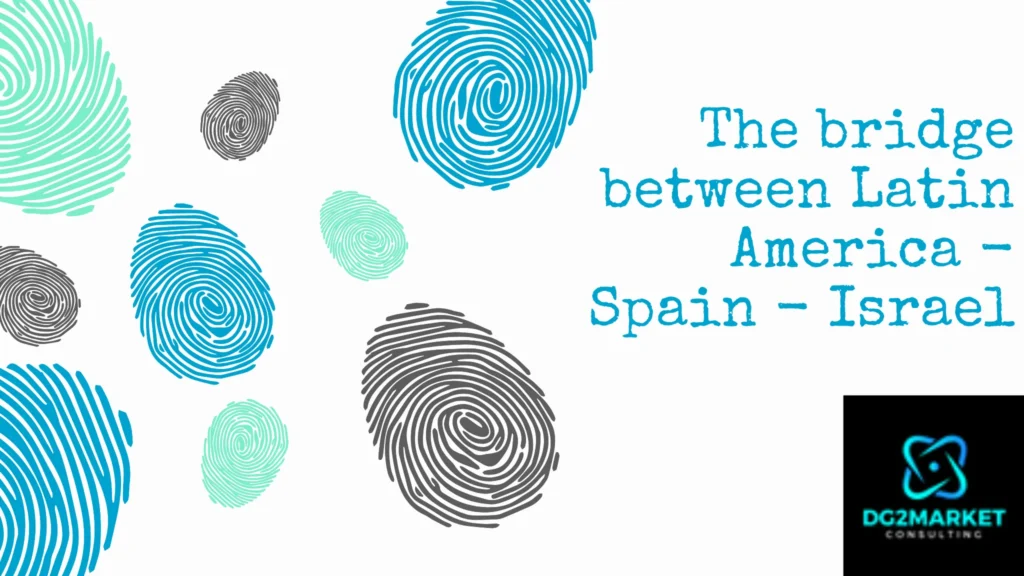In a world saturated with filtered selfies and “perfect” social media feeds, the concept of body positivity has emerged as a much-needed counterbalance. It challenges the unrealistic beauty standards we see daily and redefines what it means to feel confident in our own skin. But one of the most powerful tools driving this movement is something visual, emotional, and deeply personal — photography.
From professional portrait sessions to candid smartphone snapshots, photography has become a way to reclaim self-image, tell authentic stories, and celebrate every curve, scar, and smile line. Whether you’re behind the camera or in front of it, the lens can be a tool for empowerment rather than comparison.
The Relationship Between Photography and Self-Perception
Photography is more than just image-making — it’s storytelling. Each photo has the power to shape how we see ourselves and how others perceive us. For years, mainstream media and advertising have reinforced narrow beauty ideals: flawless skin, certain body shapes, specific gender presentations. This conditioning subtly (and sometimes overtly) teaches people that they need to “fit” a mold.
But body-positive photography flips that narrative. It says: You don’t need to change your body — the way we view it must change.
Through inclusive photography, we can reframe what beauty looks like. Diverse representation — in terms of size, skin tone, disability, gender identity, and age — helps normalize real bodies and real stories. When people see images that reflect themselves, confidence grows. When photographers capture authenticity rather than perfection, they create a space for healing.
How Photography Supports the Body Positivity Movement
The benefits of body-positive photography go far beyond aesthetics. It’s an act of social resistance and self-expression. Here’s how photography helps advance this movement:
1. Reclaiming Self-Image
Many people carry emotional scars from years of comparison and body shame. A photoshoot — especially one led by a supportive photographer — can be transformative. Standing in front of the camera without judgment helps people healthily reconnect with their bodies.
2. Representation Matters
When the media lacks diversity, people internalize the message that they are “not enough.” Inclusive photography helps rewrite that narrative by showcasing a diverse range of body types, ethnicities, and abilities. Representation doesn’t just inspire individuals; it reshapes culture.
3. Celebrating Authenticity
The best photographers don’t chase perfection; they capture truth. Whether it’s laughter lines, cellulite, or stretch marks, authenticity evokes emotional resonance. Body-positive photography reminds us that beauty isn’t a filtered illusion — it’s real, human, and imperfect.
Practical Tips: How to Create Body-Positive Photography
Photography that supports body positivity requires intentionality. It’s about creating a safe, affirming environment where the subject feels seen and celebrated.
1. Set the Tone
Start with a conversation, not a camera. Ask your subjects how they want to be seen — what parts of themselves they’re proud of, and what story they want their photos to tell. This helps build trust and reduce self-consciousness.
2. Use Natural Lighting
Natural light is soft, forgiving, and enhances texture beautifully. It makes skin glow and minimizes harsh shadows, giving portraits an authentic, unfiltered look.
3. Avoid Over-Retouching
Retouching can enhance artistic quality, but excessive editing often reinforces unrealistic beauty standards. Keep texture — freckles, scars, and wrinkles — as part of the story. They’re what make us human.
4. Focus on Expression and Movement
Encourage natural poses. Candid shots often capture genuine emotion — laughter, movement, spontaneity. These moments speak volumes about confidence and joy.
5. Promote Diversity in Shoots
Include models and subjects of different body types, ages, and backgrounds. Representation should be woven into your creative process, not added as an afterthought.
Photography as a Healing Tool
For many, being photographed is not an easy task. It brings up insecurities and memories of feeling “less than.” But photography can also serve as therapy — a way to rewrite internal narratives about self-worth.
The Mirror Effect
When someone sees a photo that captures their strength, elegance, or softness — qualities they may not notice day to day — it can shift their self-image. That’s the magic of photography: it allows us to see ourselves as others see us — with compassion, admiration, and love.
For Those in Front of the Camera
You don’t need to be a model to take part in body-positive photography. Whether it’s a professional shoot or a simple mirror selfie, approach the experience as a celebration of self-love.
- Wear what makes you feel confident. Choose clothes that express your personality rather than hide your body.
- Don’t chase perfection. The beauty of body-positive photography lies in authenticity — the way you smile, your posture, the spark in your eyes.
- Focus on emotion, not symmetry. A photo that evokes an emotional response is more potent than one that fits an idealized frame.
Remember, your body is not a trend — it’s your story. Photography helps you honor that story and share it proudly.
The Future of Body Positivity in Photography
As technology evolves, so do our opportunities to express and redefine the concept of beauty. AI photo editing, augmented reality, and virtual fashion filters are reshaping visual storytelling — but they also present new risks.
The challenge will be to use these tools responsibly. Body positivity in photography isn’t about denying technology; it’s about using it mindfully to enhance inclusivity rather than distortion.
The future belongs to creators who embrace honesty, diversity, and human connection. By doing so, they help ensure that photography remains a force for empowerment rather than comparison.
Conclusion: Through the Lens of Love
Body positivity in photography is about more than looks — it’s about reclaiming visibility, confidence, and humanity. Every photo has the potential to heal, inspire, and change the way we see ourselves and each other.
Whether you’re a professional photographer, a content creator, or someone just beginning to embrace self-love, remember this: your lens can tell powerful stories. Use it to show truth, courage, and joy. Because every body — every single one — deserves to be seen and celebrated.







